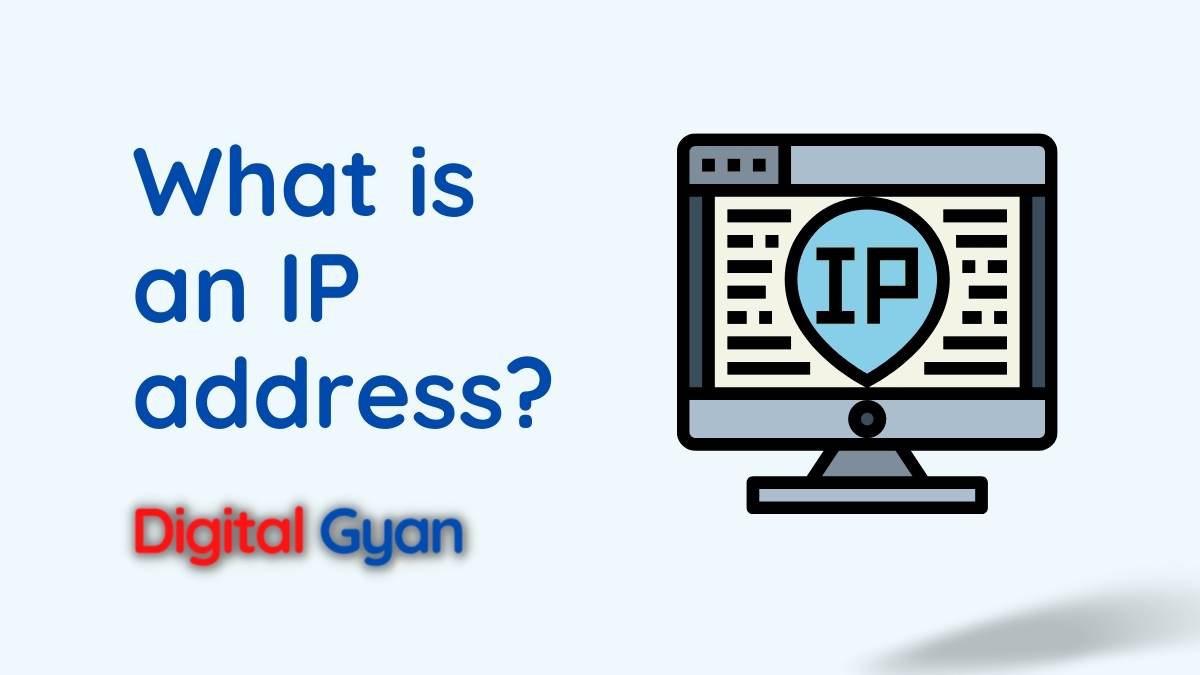What is an IP Address, and How Does it Work?
A unique identification is necessary for all internet-connected devices, including computers, game consoles, smartphones, and even smart refrigerators, to transmit and receive data. This identification is the basis of digital communication and is referred to as an IP address (Internet Protocol address). An IP address ensures that data packets get across large networks to their correct device, much like a house address helps mail get to the right person.
The internet would be a chaotic place without IP addresses, with data continuously getting lost in transit. However, despite their significance, a lot of people don’t know how these addresses are allocated, how they evolve, or how they allow billions of devices globally to interact seamlessly. We may gain a better understanding of how this seemingly straightforward string of numbers drives our contemporary online experience by investigating its types, structure, and underlying mechanisms.
In this post, we’ll take a closer look at the IP address, types of IP addresses and how these can be useful in investigating internet users.
What is an IP Address?
An IP address is simply a numeric code that indicates a particular internet connection to the outside world. It is a portion of the data that travels over your network connection, several data bytes that make up the communication string between two computers (typically a client and a server).
You may think your computer already has an IP address, which it does, but your IP address is usually obtained through your ISP.
As with conventional addresses, they assist packets or communication in determining where they are supposed to go and where they are supposed to place requests and receive responses. Thus, when we discuss IP addresses, we typically refer to three things: the IP addresses, something called the subnet mask, and finally, a gateway.
Thus, if you’ve ever attempted to configure or enter an IP address into one of your devices, such as your laptops, you’ll have encountered these three items. Thus, what do they imply? Thus, IP addresses, as we all know, are unique addresses assigned to your system over the network.
When it comes to the subnet mask, this basic address or these digits define whether this IP address and the others are part of the same network. Thus, a computer can determine whether 192 168 dot 0 dot 2 or any other IP address with this subnet mask is part of the same network as 192 168 dot 0 dot 2. How? We’ll take a look at it later. And gateway is the router’s IP address.
What is IPv4?
The IPv4 (Internet Protocol Version 4) Address is the address of a computer on the Internet. This address is the same for all computers on the Internet. This address is used by the client to send an IP message to the server. The IP message informs the server that the server should handle a given task. The message contains two things:
- The IP address of the client (the sender)
- The IP address of the server (the destination)

What is IPv6?
IPv6 or Internet Protocol version 6 is the most recent version of the Internet Protocol, which tries to replace IPv4, which has existed since the very early days of the Internet. The IPv6 protocol was designed principally to counter IPv4’s address exhaustion of addresses. This is due to the 4.3 billion unique addresses that are available using the 32-bit structure. This number is quite insufficient when we consider the number of internet-connected devices. In contrast, IPv6 addresses are 128 bits in length and are able to allow for almost unlimited unique IP addresses. Hence, IPv6 can easily accommodate expansion in the future.
IPv6 also introduces new efficiency and security features. It applies simplified packet headers for efficient data flow, uses IPsec ( Internet Protocol security ) for encrypted communications, and also removes the need for Network Address Translation (NAT), which is popularly used in IPv4 networks to address its limited number of addresses. IPv6 is designed to perform better, reduce the complexity of routing, and remove the need for a scarcity of addresses for the growing Internet of Things (IoT).
Public vs Private IP Addresses
A public IP address is assigned to a device by the Internet Service Provider (ISP) and is globally unique. It allows devices to communicate over the internet and be accessed from anywhere in the world. Websites, web servers, and other publicly accessible services use public IP addresses to connect with users across the internet.
On the other hand, a private IP address is assigned to devices within a private network, such as a home or office network. Private IP addresses are not directly accessible from the Internet. Instead, they are used for internal communication within the local network, allowing devices to connect and share resources like printers, file servers, or other devices.
The main difference between public and private IP addresses lies in their reachability. Public IP addresses can be reached from anywhere on the internet, while private IP addresses are limited to local network communication. This segregation helps protect devices within a private network from unauthorised access and enhances security.
Additionally, public IP addresses are typically static, meaning they remain constant over time. This consistency is crucial for services that need a fixed reference point on the internet. In contrast, private IP addresses are often assigned dynamically by a router within a network, ensuring efficient allocation and optimal resource utilisation.
Dynamic vs Static IP Addresses
A dynamic IP address is assigned to a device by a DHCP (Dynamic Host Configuration Protocol) server. It is temporary and subject to change. Each time a device connects to the network, it may receive a different IP address. Dynamic IP addresses are commonly used in home networks and small businesses, as they are more cost-effective and allow efficient use of available IP addresses.
On the other hand, a static IP address is manually assigned to a device and remains constant over time. It does not change even if the device disconnects and reconnects to the network. Static IP addresses are often used by servers, network devices, and services that require a fixed, consistent reference point on the internet. They provide stability and reliability for these services.
The main difference between dynamic and static IP addresses lies in their persistence. Dynamic IP addresses are temporary and subject to change, while static IP addresses remain constant. Dynamic IP addresses are more suitable for devices that do not require a fixed address and can adapt to changing circumstances. Static IP addresses, on the other hand, provide a reliable, fixed reference for devices or services that require consistent accessibility.
It is important for network administrators to understand the distinction between dynamic and static IP addresses, as it helps in configuring appropriate network settings and security measures. For example, a server or a device that hosts a website or other online services may require a static IP address to ensure uninterrupted availability, while other devices within the network can efficiently utilise dynamic IP addresses.



